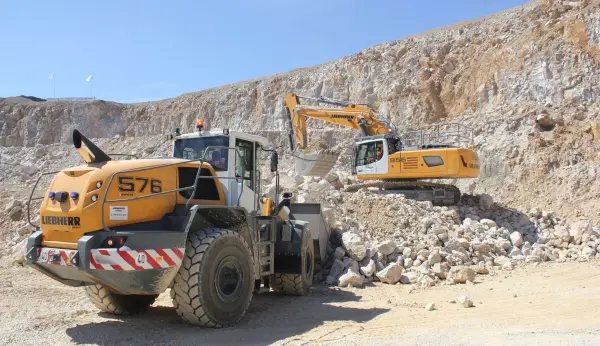B0 - Bituminous Mixtures
This Section covers the routine use of aggregates in combination with bitumen.
There are topic pages for:
- Asphalt concrete
- Rolled asphalt
- Asphalt for thin surface course
- Bitumen and road emulsion
- Quality management and control
- Surface dressing
- Transport, laying and compaction.
The Other Products Section has details of:
- Mastic asphalt.
The topic pages in the Bituminous Mixtures Section reflect the standards and specifications as they will be specified after 31st December 2007. Traditional British (BS) Standards will be withdrawn on that date.
BSI has published guidance to explain the changes as:
PD 6691
Asphalt – Guidance on the use of BS EN 13108
Bituminous Mixtures, Material specifications
PD 6692
Asphalt – Guidance on the use of BS EN 12697
Bituminous Mixtures, Test methods for hot mix asphalt
BSI has also published:
PD 6689
Surface dressing – Guidance on the use of BS EN 12271
Surface dressing, Requirements
BS 594987
Asphalt for roads and other paved areas.
Specification for transport, laying and compaction and design protocols
Revised editions of the Specification for Highway Works (SHW), Series 900, Road pavements – bituminous bound materials and the associated Notes for Guidance will also be published.
The following British Standards will be withdrawn on 31st December 2007 because they conflict with the BS EN Standards:
BS 594
Hot rolled asphalt for roads and other paved areas
Part 1: Specification for constituent materials and asphalt mixtures
Part 2: Specification for transport, laying and compaction
BS 4987
Coated macadam (asphalt concrete) for roads and other paved areas
Part 1: Specification for constituent materials and asphalt mixtures
Part 2: Specification for transport, laying and compaction
BS 598
Sampling and examination of bituminous mixtures for roads and other paved areas
Some Parts will remain for selected site tests
BS 1447
Specification for mastic asphalt (limestone fine aggregate) for roads, footways and pavings in building
Details of bituminous mixtures used in airfields is not detailed as this is a specialist area of work.

